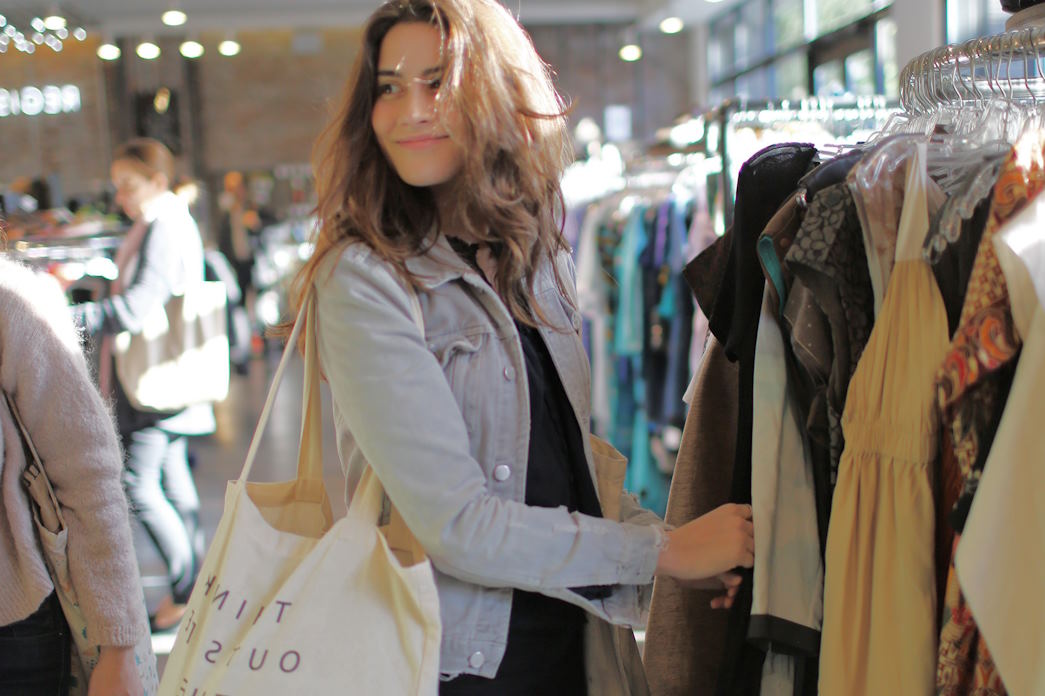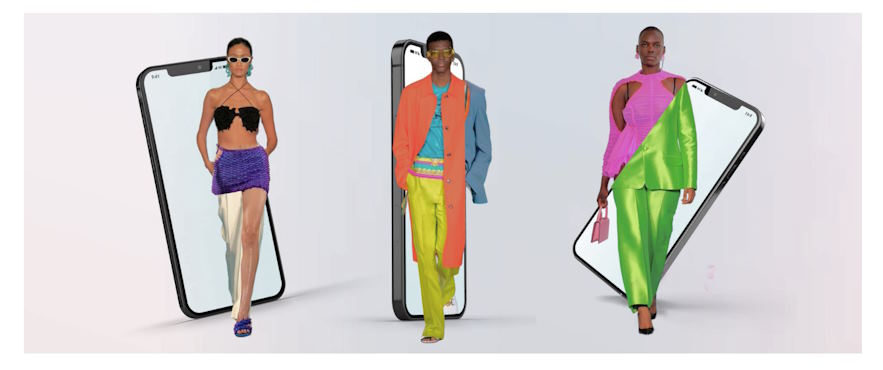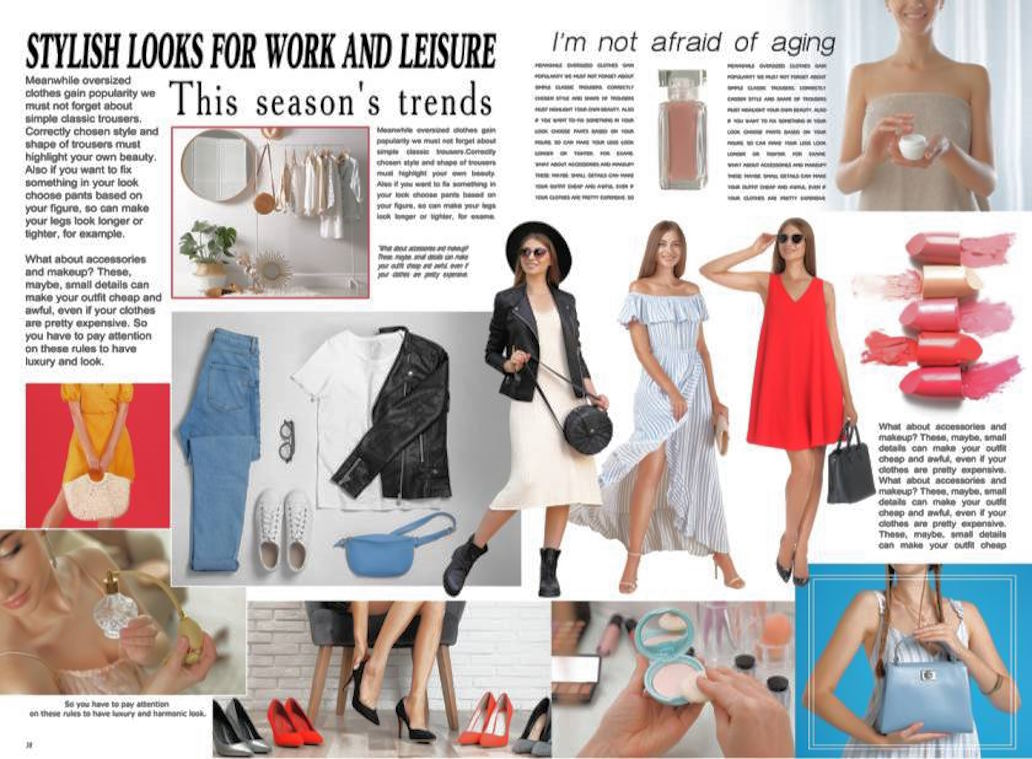
The allure of fashion magazines transcends their glossy pages, embodying a unique blend of artistry, aspiration, and cultural commentary. As bastions of creativity and arbiters of taste, these publications serve as platforms for designers, photographers, stylists, and writers to showcase their talents and visions. Beyond mere documentation, fashion magazines curate narratives that captivate and inspire, weaving together threads of culture, history, and identity into the fabric of fashion. However, their influence extends far beyond the realm of haute couture, permeating popular culture and shaping societal norms.
Fashion Magazines as Trendsetters
Role of fashion editors and stylists:
Fashion magazines owe much of their trendsetting prowess to the keen eye and creative vision of their editors and stylists. These tastemakers scour runways, street style, and emerging designers to curate compelling narratives and set the tone for each season’s must-have looks. With an innate understanding of aesthetics and a finger on the pulse of cultural shifts, fashion editors and stylists wield considerable influence in shaping the direction of fashion trends.
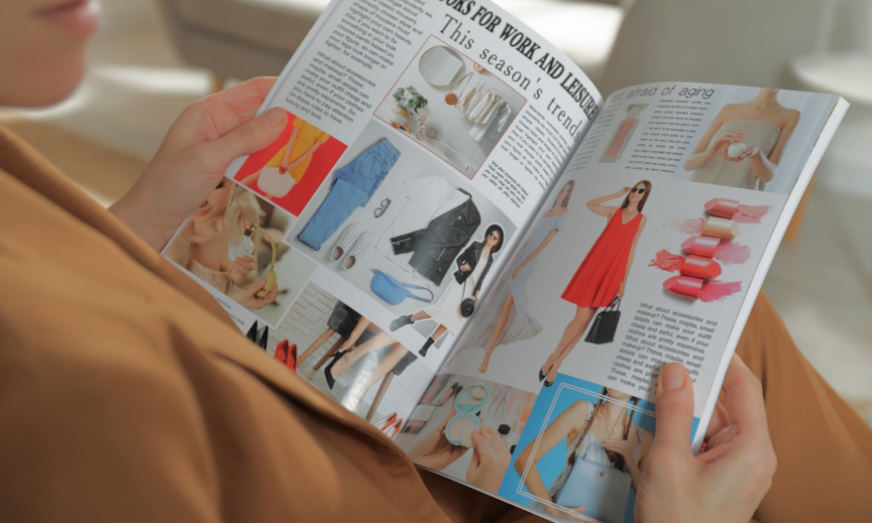
Influence on consumer behavior and purchasing decisions:
Fashion magazines hold significant sway over consumer behavior and purchasing decisions, as readers look to them for inspiration, guidance, and validation. Whether through editorials, product recommendations, or trend reports, fashion magazines shape perceptions of style, beauty, and lifestyle, influencing what we aspire to wear and how we express ourselves. As a result, brands featured in fashion magazines often experience increased demand and recognition, underscoring the profound impact these publications have on shaping consumer preferences and market trends.
Critiques and Controversies
Representation and diversity issues:
Despite strides towards inclusivity, fashion magazines continue to grapple with representation and diversity issues. Critics point out the industry’s tendency to favor thin, white, and able-bodied models, perpetuating narrow beauty standards and marginalizing underrepresented groups. Calls for greater diversity in editorial content, both in terms of models and narratives, highlight the need for fashion magazines to reflect the richness and diversity of society.
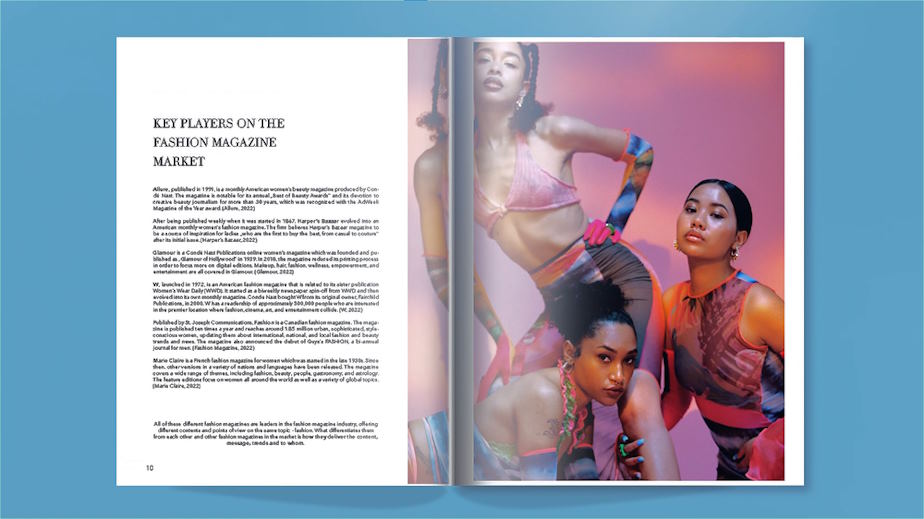
Promotion of unrealistic beauty standards:
Fashion magazines have long been criticized for perpetuating unrealistic beauty standards, often through heavily photoshopped images and idealized portrayals of perfection. This emphasis on unattainable beauty ideals can contribute to feelings of inadequacy and self-doubt among readers, fueling a cycle of body dissatisfaction and harmful comparison. As society embraces body positivity and celebrates diverse forms of beauty, there is growing pressure on fashion magazines to embrace authenticity and showcase a broader spectrum of bodies and faces.
Ethical concerns regarding advertising and sponsored content:
The rise of advertising and sponsored content in fashion magazines raises ethical concerns regarding transparency, authenticity, and editorial independence. Readers may struggle to distinguish between editorial content and paid promotions, leading to questions about the integrity and objectivity of fashion journalism. As the line between editorial and advertising blurs, there is a need for greater transparency and accountability in disclosing sponsored content, ensuring that readers are empowered to make informed decisions amidst the sea of commercial messages.

